THE UNIVERSITY OF CHICAGO PRESS, CHICAGO 60637
THE UNIVERSITY OF CHICAGO PRESS, LTD., LONDON
1990 by The University of Chicago
All rights reserved. Published 1990
Paperback edition 1992
Printed in the United States of America
17 16 15 14 13 12 11 10 09 08 6 7 8 9
ISBN 13: 978-0-226-22774-0 (e-book)
ISBN-13: 978-0-226-31962-9
ISBN-10: 0-226-31962-8
Library of Congress Cataloging in Publication Data
Harvey, L. P. (Leonard Patrick)
Islamic Spain, 1250 to 1500 / L. P. Harvey.
p. c.m.
Includes bibliographical references (p.
ISBN 0-226-31962-8 (pbk.)
1. SpainHistory7111516. 2. MuslimsSpainHistory. 3. Granada (Kingdom)History. 4. Mudjares. 5. Nasrides. I. Title.
DP102.H34 1990

The paper used in this publication meets the minimum requirements of the American National Standard for Information SciencesPermanence of Paper for Printed Library Materials, ANSI Z39.481992.
ISLAMIC SPAIN 1250 TO 1500
L. P. HARVEY
THE UNIVERSITY OF CHICAGO PRESS
Chicago and London
This study is dedicated to
Shaykh Amad Zak Yamn
with gratitude and respect.
CONTENTS
GEOGRAPHICAL ENVIRONMENT AND HISTORICAL CONTEXT
THE RISE OF THE BAN L-AMAR
ENCLAVES AND ANOMALIES
MUDEJAR STATUS: THE TEACHINGS OF THE ISLAMIC LAWYERS; CHRISTIAN ATTITUDES AND DOCTRINES
MUDEJAR COMMUNITIES: CASTILE
MUDEJAR LEGAL CODES FROM CASTILE
MUDEJAR COMMUNITIES: ARAGON
MUDEJAR COMMUNITIES: VALENCIA
MUDEJAR COMMUNITIES: NAVARRE
MUAMMAD II (12731302)
MUAMMAD III (13021309)
NAR (13091314); ISML (13141325); MUAMMAD IV (13251333)
YSUF I (13331354)
MUAMMAD V (13541391): A REIGN INTERRUPTED BY THOSE OF ISML II AND MUAMMAD VI
YSUF II (ABL-AJJJ) (13911392); MUAMMAD VII (13921408); YSUF III (14081417)
THE INTERLOCKING REIGNS OF MUAMMAD VIII, MUAMMAD IX, MUAMMAD X, MUAMMAD XI, YSUF IV, AND YSUF V (14171452)
SAD (14531464) AND ABL-ASAN AL (14641482)
THE FINAL DECADE OF GRANADAN INDEPENDENCE (14821491)
THE CONQUEST OF GRANADA (14901492)
ALL MUDEJARS NOW: ISLAMIC SPAIN (14921500)
Two distinct categories of Muslims were to be found in the Iberian Peninsula after the middle of the thirteenth century. On the one hand, there were the inhabitants of the small but crowded independent Muslim Kingdom of Granada; on the other, the many Muslims who lived out their lives as subjects of the Christian kingdoms in the lands of the Crown of Castile, in the lands of the Crown of Aragon, and in the small Pyrenean Kingdom of Navarre.
It is normal for these two groups to be treated quite separately. Islamic, Arabic-speaking Granada is rightly held to form part of the Islamic world, and so its history often is seen as a mere eccentric far-western appendage to that of the Middle East. The Muslim subjects of the Christian monarchs, on the other hand, in almost all cases quite small minorities in the regions where they lived, for that reason became in some accounts almost irrelevant footnotes to a story that is not their own. A quarter of a millennium of the history of Islamic Spain at the end of the Middle Ages has thus been subjected to a double process of marginalization, and in consequence has not always been well understood.
Relations between the various regions of the Islamic world and the West (with all its divisions) have occupied a disproportionately large amount of space on the agendas of our twentieth-century international bodies. Those relations have usually been characterized by mutual incomprehension, often by exasperation and recrimination. It has always surprised me that so little attention has been paid to the period at the end of the Middle Ages when Islam was in the process of being eliminated from Europe. Many of the attitudes that help to generate modern misunderstandings were formed at this time. The crusading endeavors of Europeans in the Middle East are certainly formative influences on those attitudes, but contact, largely hostile, between Christendom and Islam went on much longer in the Iberian Peninsula. The experience of Islam in Spain needs to be understood.
It is to be hoped that the type of treatment here accorded to Spanish Islam will prove to have more in its favor than the mere convenience of broader coverage. The Muslims of the peninsula were at all times deeply divided, it is true, even in the great days of the Caliphate of Cordova in the tenth century, but they were also from remarkably early on conscious of an underlying religious and cultural unity and proud of the common cultural inheritance of their jazrat al-Andalus, peninsula of al-Andalus, as they called their home. This consciousness of their own identity and worth, this self-respect, was to continue even after the period covered in these pages. In the sixteenth century, when Granadans and subject Muslims alike were to be condemned to forcible conversion, they still retained their pride in their religion and culture. They eventually took their pride with them into exile in North Africa and elsewhere. Even today in Tunisia (as for example in Zaghouan and in parts of the region of Cap Bon), in Algeria (in Blida and Tlemcen), in Morocco (in Chaouen and in Tetouan and in countless other places besides), there are families who cherish the heritage their forebears brought with them from al-Andalus, who still consider themselves to be, in some sense, Andalusians.
It seems eminently reasonable to attempt to cover in one volume the history of both the Granadans and the subject Muslims of the rest of Spain. True, for long periods interaction across the frontiers was limited, but the two streams of Muslim life were never entirely separate, and in the end they come together again after the Christian occupation of Granada in 1492. That event spelled disaster for all Muslims in the peninsula without exception. The continued existence of an independent Muslim state had provided the ultimate guarantee that Muslims everywhere would be respected. Within five years of the conquest of Granada, the process of forcible conversion had begun. A quarter of a century later the conversion was virtually complete, in name and outward appearance at least.
Neither 1250 nor 1500 is put forward as a date important in itself: they are merely round figures marking off the quarter of a millennium during which Islam in the peninsula was catastrophically transformed. At about 1250 Christian military supremacy had been established, but there were still large Muslim populations in both Christian and Muslim lands. By 1500 not only had the last independent enclave been overwhelmed, but the process of forcible conversion and of the destruction of the distinctive culture of al-Andalus was under way.
The year 1500 certainly does not mark the conclusion of Muslim presence in the peninsula. Even after that date, Muslims from all regions managed to preserve their faith and something of their distinctive culture in secret, but the clandestine Islam of the sixteenth century is something quite new and distinct, and demands separate treatment. The Moriscos are a subject that must be reserved for another occasion.
Underlying the great diversity of the phenomena studied here, there is one constant. All the communities, as they met a daunting series of challenges over many periods, unwaveringly struggled to preserve their identity and to hand it on to their descendants. One might say that eventually Spanish Islam failed, for that Hispano-Islamic identity did not survive into the modern world (apart from those nostalgic memories of al-Andalus present in North Africa). This study is not conceived as a study of failure, however, rather as a record of a courageous and stubborn defense.


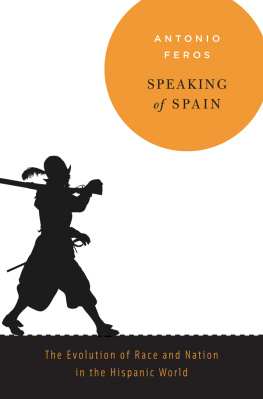
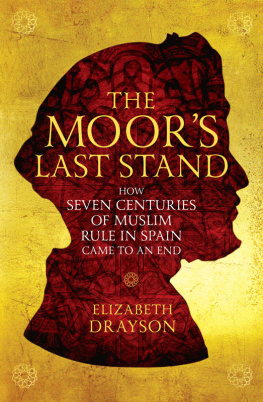

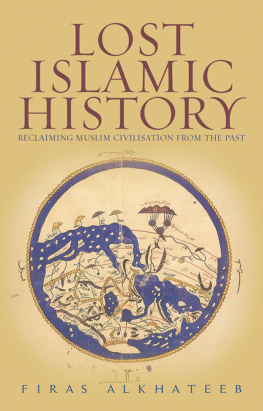
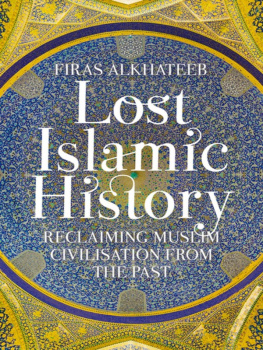
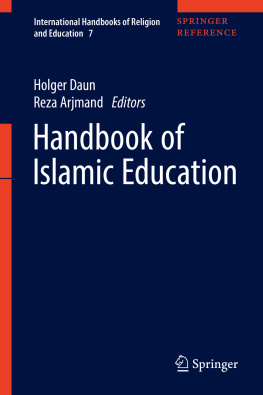
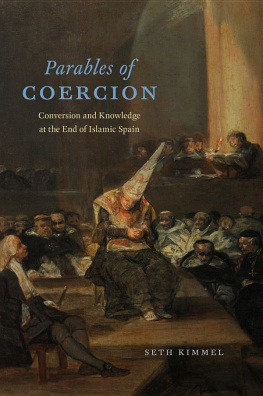
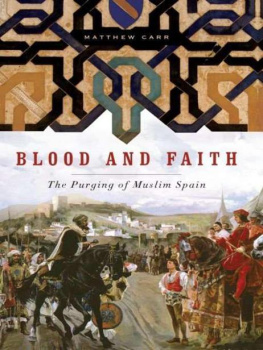
 The paper used in this publication meets the minimum requirements of the American National Standard for Information SciencesPermanence of Paper for Printed Library Materials, ANSI Z39.481992.
The paper used in this publication meets the minimum requirements of the American National Standard for Information SciencesPermanence of Paper for Printed Library Materials, ANSI Z39.481992.